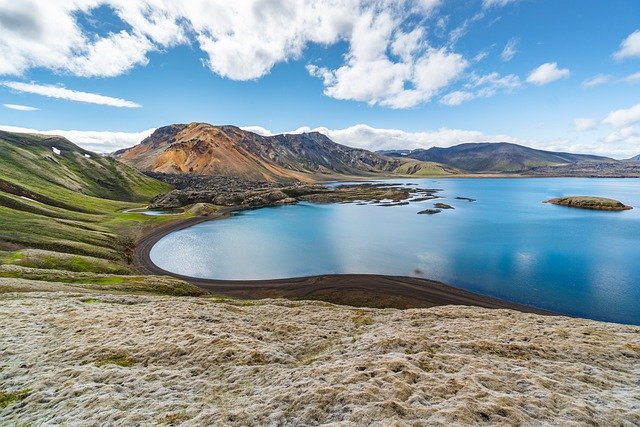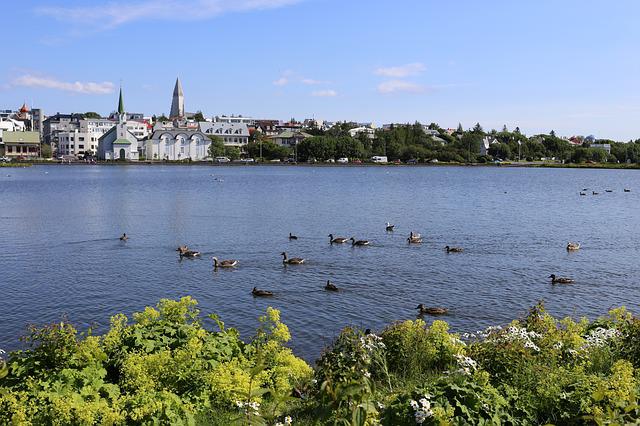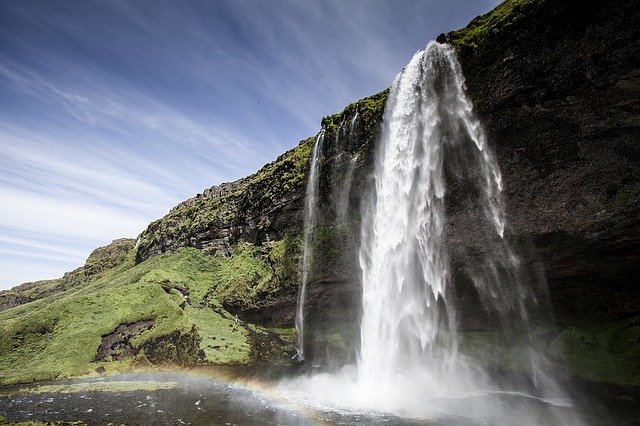Gullfoss: One of the largest waterfalls in Iceland
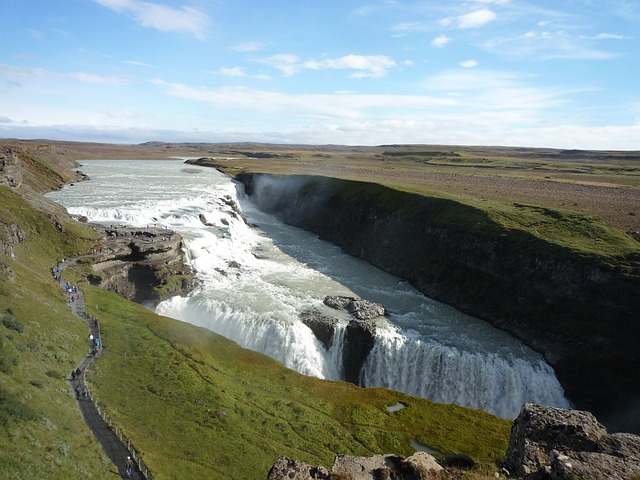
Waterfalls are a familiar sight in Japan, but the scale of Gullfoss in Iceland is truly impressive.As water cascades down between towering gorges on both sides, the waterfall has become a major tourist attraction in Iceland.
In this article, I will introduce Gullfoss in Iceland, its unique features and attractions, as well as the people who have worked tirelessly to protect this magnificent landscape.
Characteristics of Gullfoss

Gullfoss is a massive waterfall located in the Kvitáá River valley in southwestern Iceland, with a height difference of 32m.It is fed by the Kvitáá River, which in turn is fed by the Langjökull Glacier, and has a water volume of 140㎥ per second.
The waterfall’s shape is unique, consisting of two steps: the first with a drop of 11m, and the second with a drop of 21m. The water then flows into the Gullfoss canyon.
The sheer volume of water cascading down from the glacier makes Gullfoss a mesmerizing and awe-inspiring sight.In fact, it is a highlight of the popular “Golden Circle” tour that showcases Iceland’s most famous sights.
There are other fascinating spots within the Golden Circle that are worth exploring, and they will be introduced in detail in the following article, if you’re interested.


What to look for when viewing Gullfoss
Compared to waterfalls in Japan, which are typically fed by springs, Gullfoss in Iceland is far more powerful and voluminous.Moreover, when the weather is clear, the surface of Gullfoss reflects the sunlight, creating a golden glow.
The name “Gullfoss” is actually a combination of the Icelandic words “gull” meaning “gold” and “foss” meaning “waterfall”.The literal translation is “golden waterfall,” a name that perfectly matches the scenery of the shimmering waterfall.
In the winter season, when snow falls, the area around the waterfall becomes a silver world covered with snow, creating a fantastic sight.
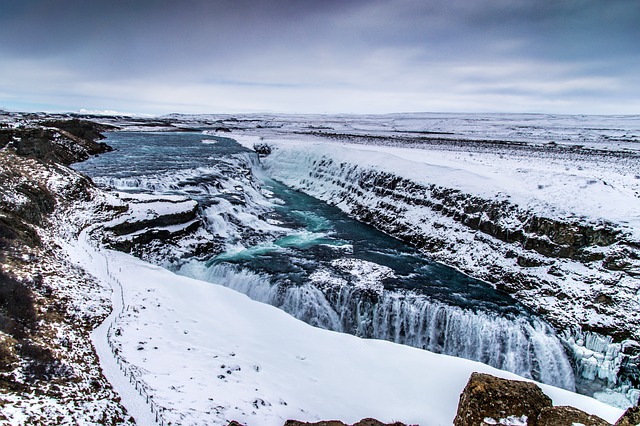
But during winter, some parts of the trail to the falls are partially closed due to safety reasons.
There are also a few other things to keep in mind. First, since the area around the waterfall has a large amount of water flowing, it is constantly splashing.
Therefore, it is important to take waterproof measures to keep your camera and clothing dry. Additionally, although there is a simple footpath leading to the falls, be careful not to slip since the ground can be wet.
A woman who worked hard to preserve the waterfall’s landscape
Gullfoss Falls is the result of Iceland’s glaciers and unique topography, but at one point in time, this spectacular view was almost lost.
In the 20th century, a British company planned to build a hydroelectric power plant on Gullfoss. The local residents protested vehemently against the construction of the power plant because it would destroy the natural landscape. One of those who campaigned against the project was Sigríður Tómasdóttir, the daughter of Tómas Tómasson, who owned Gullfoss in the 20th century.
She was strongly opposed to the construction of the hydroelectric power plant and even attempted to jump into the basin herself in order to stop the work. Sigríður had a great influence on public opinion in Iceland at the time, and the hydroelectric power plant project was ultimately cancelled.
Sigríður is also famous for being Iceland’s first environmentalist because of her efforts to protect Gullfoss. Her work is still honored today, and a monument with her name inscribed on it stands near the waterfall’s base.
Conclusion
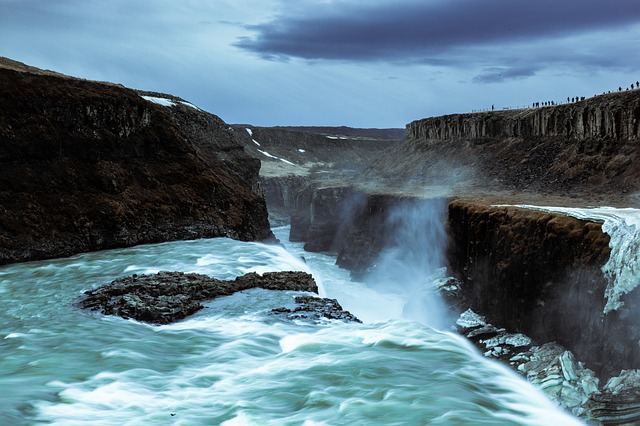
Gullfoss is one of Iceland’s largest waterfalls, with a thunderous roar as water cascades down amidst strong winds and splashing water.
Its wild and stunning beauty has earned it the nickname “Golden Waterfall,” as it drops 32m and flows at 140㎥ per second. Visiting Gullfoss is a must for those seeking to experience the wildness and mystery of nature all in one place.


